Large-span space frame structures have gained widespread application in the field of public buildings due to their unique advantages. This structural system not only features large spans, lightweight self-weight, and ease of construction but also demonstrates significant advantages in terms of functional integration, open and transparent spatial design, and construction efficiency. The following outlines some key application advantages and case analyses of large-span space frame structures in public buildings.
1.Functional Integration and Open, Transparent Spaces
Large-span space frame structures can provide column-free open spaces, which are particularly important for public buildings requiring large spans, such as sports arenas and exhibition centers. For example, all seven standard exhibition halls at the Shijiazhuang International Convention and Exhibition Center utilize a double-cable suspension structure. This design not only meets functional requirements but also achieves a rhythmically continuous roof structure with a maximum span of 105 meters. These wide-span halls are often supported by modular space frame sections to ensure both strength and openness.
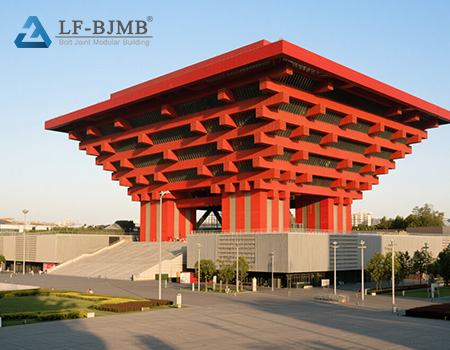
2.Construction Efficiency and Cost-Effectiveness
Large-span space frame structures offer significant cost advantages. Compared to traditional truss structures, suspension cable structures can reduce steel usage by approximately 50%. The lightweight design of this structure not only reduces material usage but also lowers long-term maintenance costs. These benefits are often realized through optimized space frame construction details, which ensure precision and speed during the installation phase.
3.Architectural Aesthetics and Cultural Expression
The design of large-span space frame structures can be integrated with local culture and architectural aesthetics. For example, the design of the Shijiazhuang International Convention and Exhibition Center draws inspiration from the gable details of the Longxing Temple’s Mani Hall in Zhengding County, presenting the unity of geometric mechanics and architectural aesthetics through new materials and technologies.
4.Green and Sustainable Design Strategies
The application of large-span space frame structures also aligns with green building requirements. By considering a combination of design strategies from a building’s entire lifecycle perspective, green and sustainable building performance can be effectively achieved.
5.Seismic Performance and Structural Integrity
Large-span space frame structures exhibit excellent seismic performance and strong structural integrity, making them widely adopted in the construction industry for applications such as sports arenas, hangar in airport, train stations, and large-span industrial facilities.
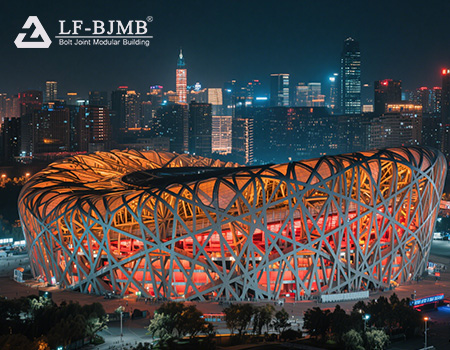
6.Advances in Construction Technology
With advancements in construction technology, the construction methods for large-span space truss structures have become more diverse, including high-altitude assembly method, sectional (block) installation method, high-altitude sliding method, overall lifting method, overall hoisting method, and overall jacking method. The selection of these methods has significant impacts on engineering quality, schedule, and cost.
7.Case Analysis
China Pavilion (2010 Shanghai World Expo): The China Pavilion adopted a large-span space frame structure design, which not only gave the building a unique appearance but also provided high functional flexibility, enabling efficient use of the interior space.
National Stadium (Bird’s Nest): The Bird’s Nest-shaped National Stadium, jointly proposed by Herzog & de Meuron Architects and the China Academy of Building Research, was the winning design for the 2008 Beijing Olympics. Its roof structure is actually a space frame composed of two-way irregularly intersecting planar trusses. Similar design logic can be seen in iconic spiritual architecture such as the largest church auditorium in the world, where functionality and sacred space coexist within grand spans.
In summary, the application of large-span space frame structures in public buildings demonstrates their advantages in terms of span, economy, aesthetics, and sustainability, while also driving innovation and progress in architectural technology. With the adoption of new materials and technologies, large-span space frame structures are expected to play an even greater role in future public buildings.



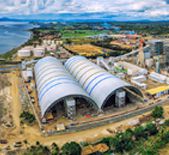
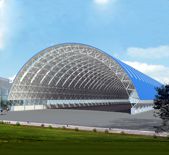
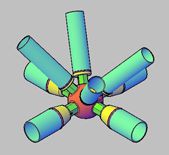
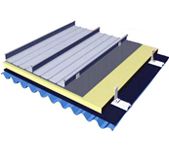




 About Us
About Us 2025-06-02
2025-06-02


